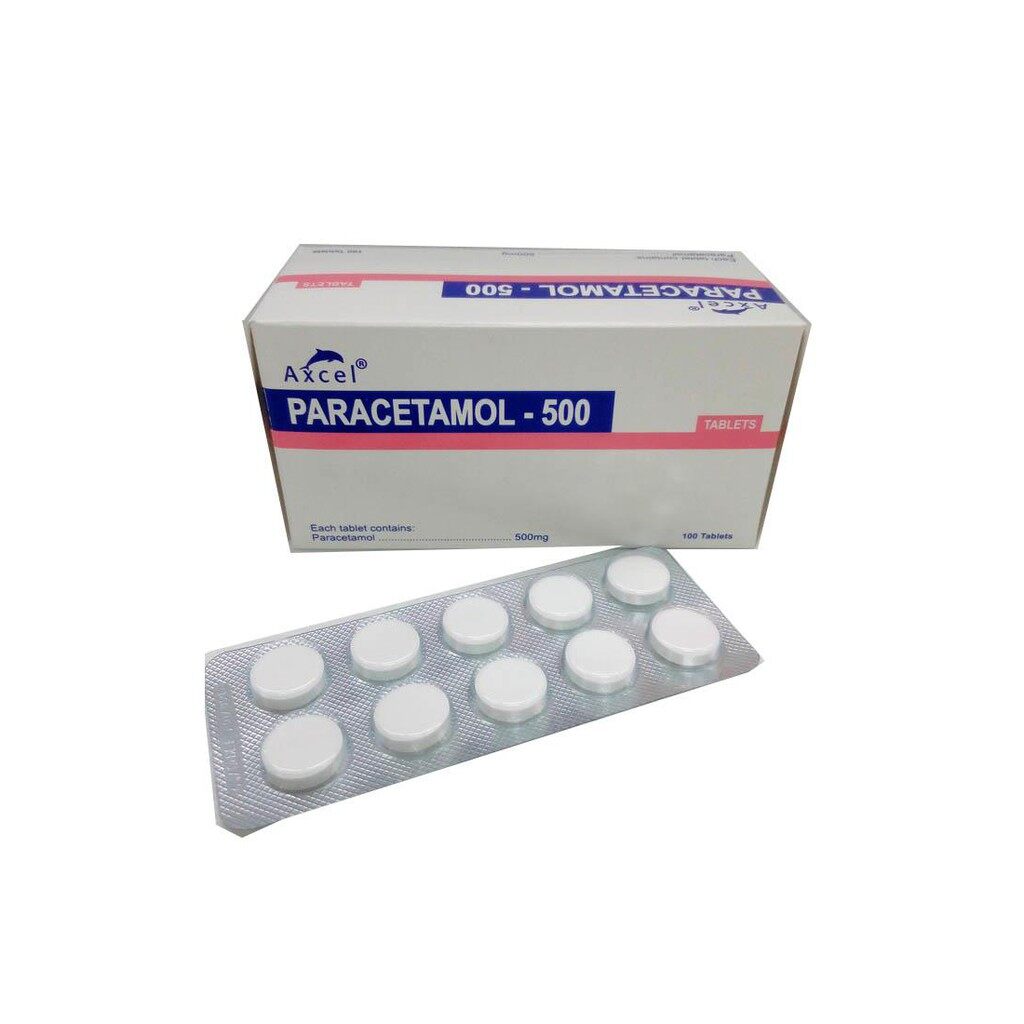imran
6 years
My 65 year old mother is an osteoarthritis patient
Doctor. My 65 year old mother is an osteoarthritis patient and have been on several medications and physiotherapy for more than 6 months already. She is an active person and loves doing house chores as well as an active member for rukun tetangga events such as aerobic and cook outs. However, her medications doesn’t help much with reducing her pain and knee swelling. I want to know if she’s eligible for surgery then?
6 years
Hi there! Thank you for your question. So besides medications and lifestyle changes, are there other was that osteoarthritis can be treated. Allow me to give you an overview of osteoarthritis management. We start off with non-pharmacological measure like your mother has probably been briefed on.
Examples of these are weight loss, physiotherapy, local heat, icepacks, occupational therapy and keeping active. These measure are continuously done despite starting mediation as they reduce the progression and severity of the disease.
Then we go to pharmacological measures which are given based on the severity of symptoms. For mild-to-moderate, simple analgesia (paracetamol), topical NSAIDs or trial short term oral NSAIDs is given. For moderate to severe-persistent, oral NSAIDs, opioid therapy, low-dose amitriptyline (refractory disease) or duloxetine for knee OA. Depression is a common comorbidity and may require treatment.
There are also other medication such as glucosamine, intra-articular hyaluronic acid derivatives and intra-articular corticosteroids
When all the pharmacological therapy fails then surgery is indicated. The indications of surgery are failure of medical treatment, severe symptoms, marked loss of function or restrictions in daily life
There are several different types of surgeries you could have depending on location and severity of pain.
Arthroscopy (The surgeon inserts a arthroscope inside your joint and perform repairs)
Total joint replacement (The surgeon takes out the diseased parts of your bones and replaces them with an artificial joint using metal or plastic part)
Osteotomy (The surgeon cuts bone near a damaged joint or adds a wedge of bone to realign your leg or arm and remove pressure).
Joint fusion (The surgeon uses pins, plates, screws, or rods to join two or more bones together to make one continuous joint)
Consult your doctor regarding the surgical option. There are pros and cons for each. The doctor will also perform examinations and test to check suitability of your mother’s health to undergo surgery.
Please click on this link (DoctorOnCall) to talk to us privately online and discuss further about your inquiries. Thank you.





































